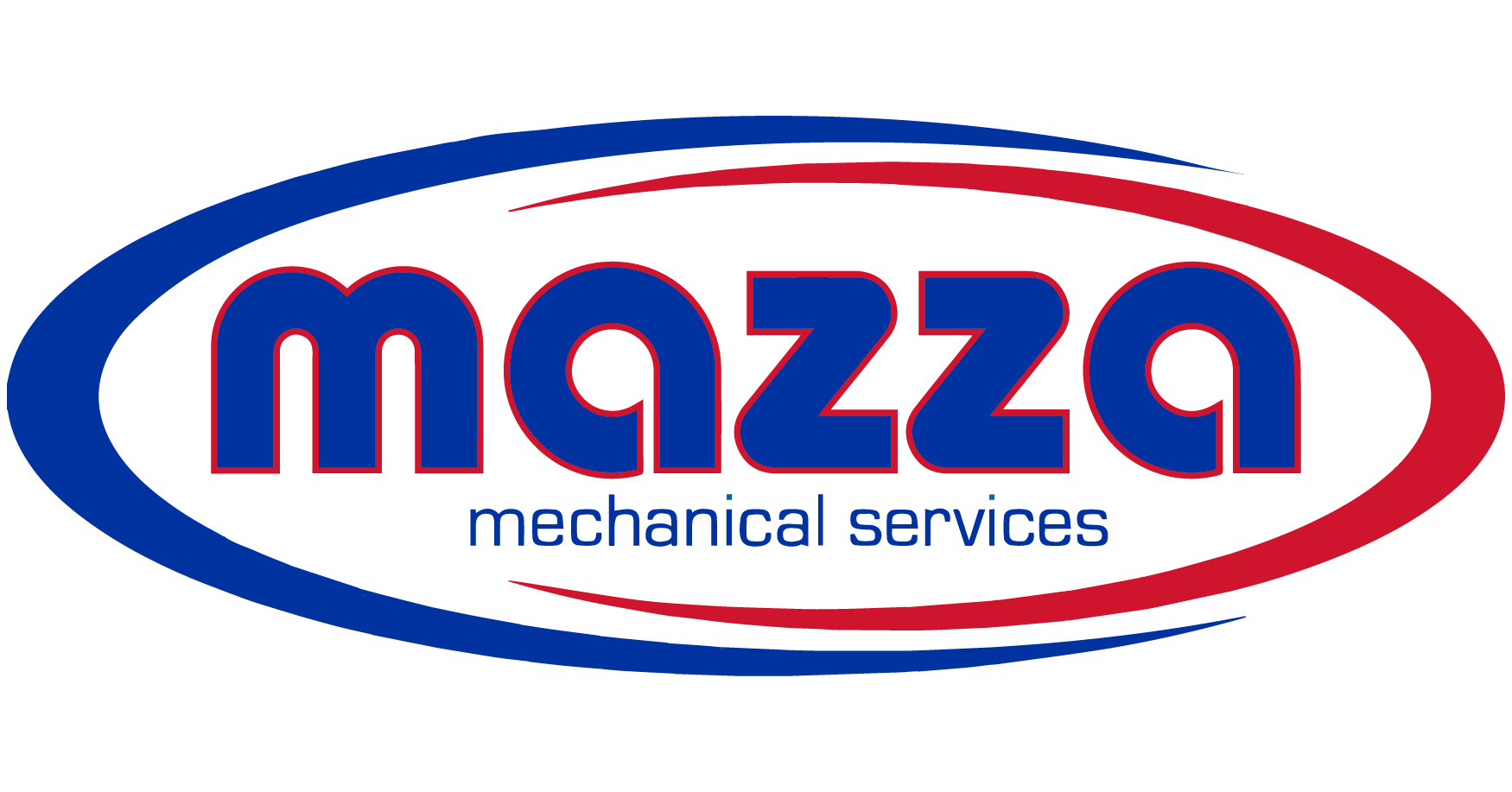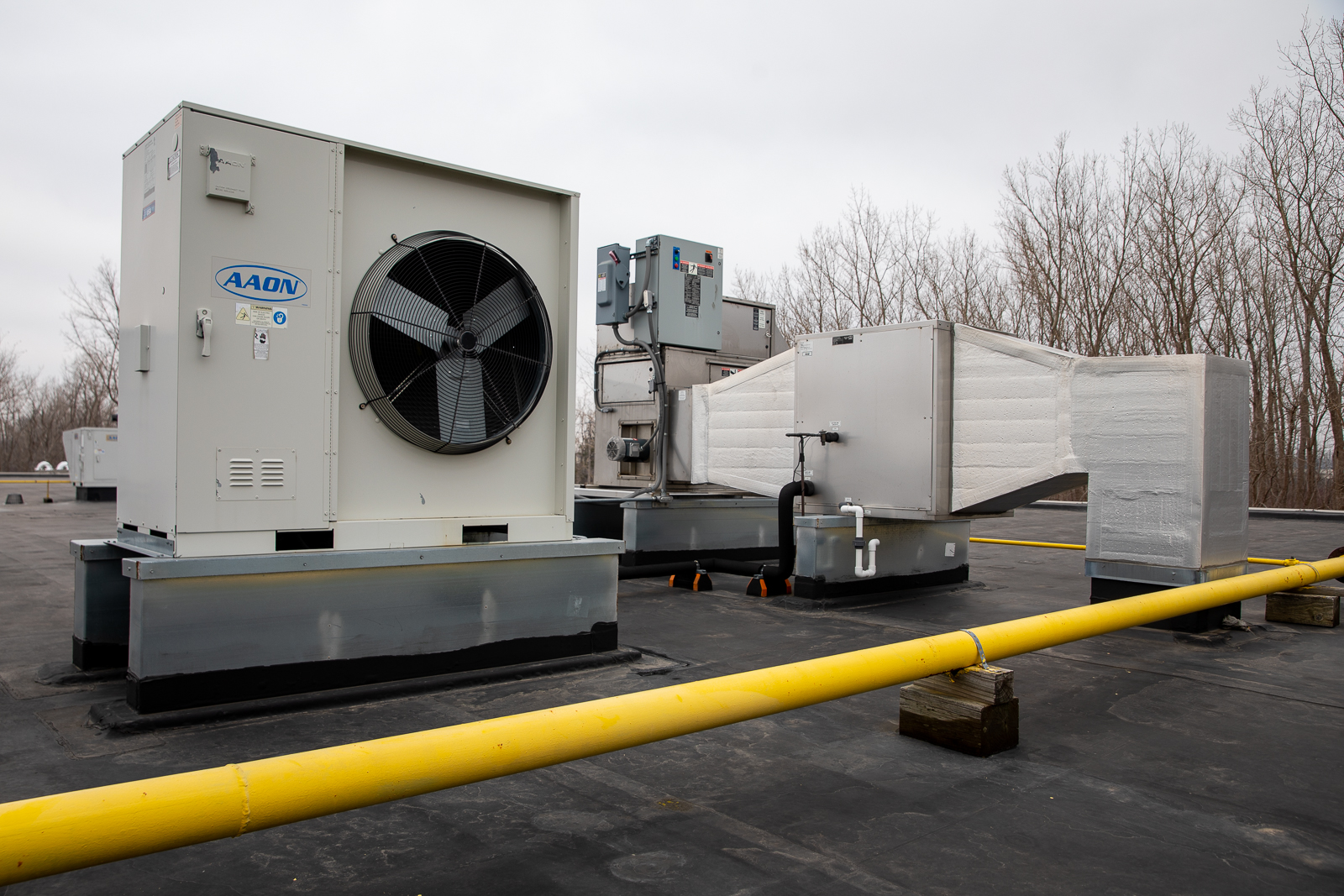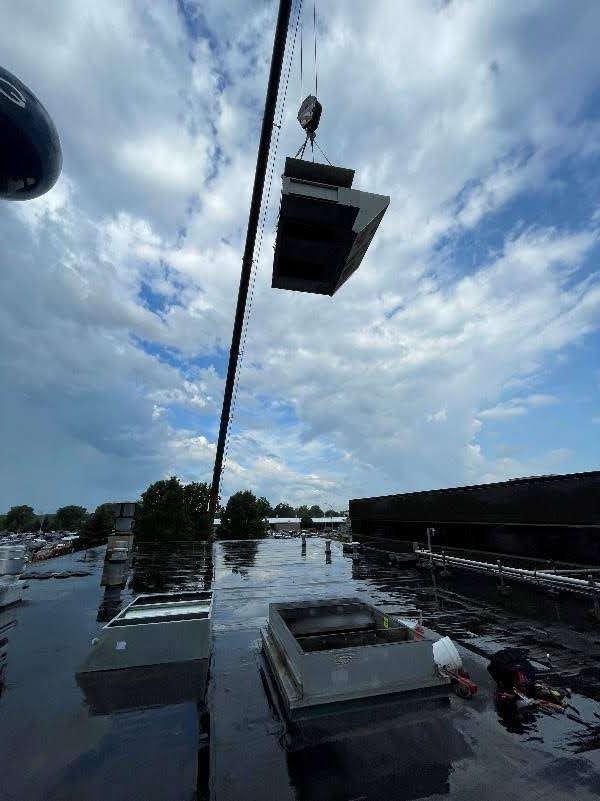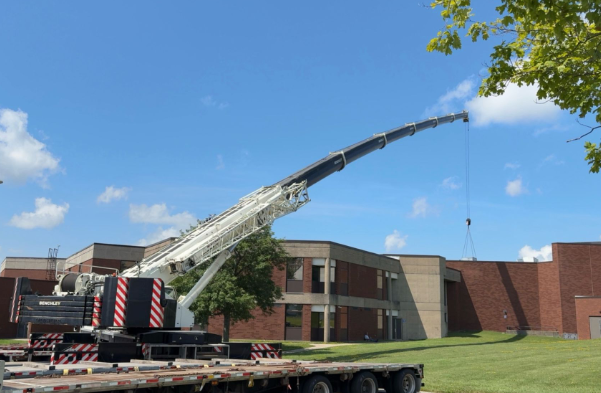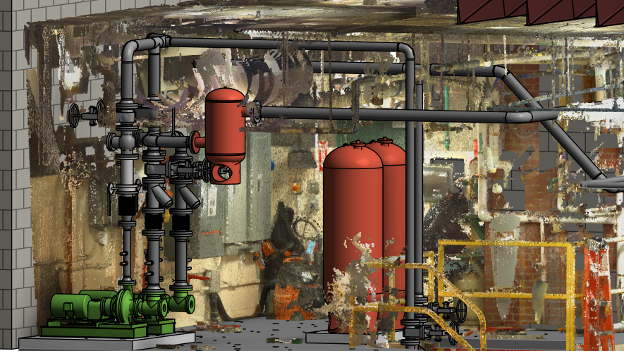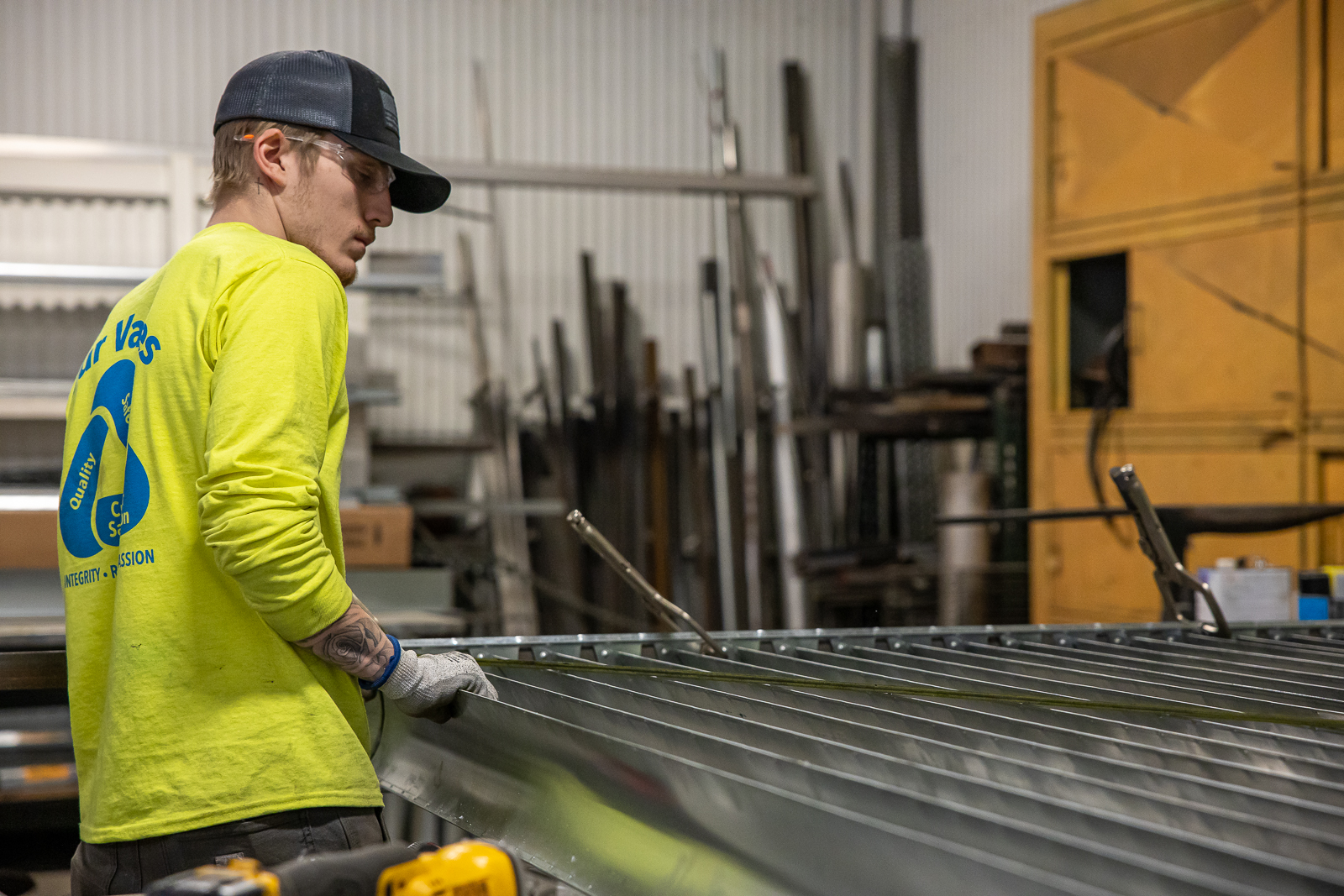When it comes to your commercial HVAC system(s), efficiency and cost-effectiveness are probably at the forefront of your mind. Today, businesses are continually seeking ways to optimize their heating and cooling systems to ensure a comfortable environment for employees and customers while minimizing operational costs.
One of the most effective solutions that have gained traction in recent years is the implementation of Zone Control Systems. These systems not only enhance comfort by allowing precise temperature control in different areas but also offer significant financial savings. Let’s dive into what Zone Control Systems are, how they work, their benefits and how they can ultimately save your business money.
What is a Zone Control System?
A Zone Control System is a sophisticated HVAC solution designed to regulate the temperature in specific areas or “zones” within a building independently from one another. Unlike traditional HVAC systems that heat or cool an entire building uniformly, Zone Control Systems allow for precise control of the temperature in different zones. This means that areas with different heating and cooling needs can be adjusted separately, leading to improved comfort and efficiency.
Components of a Zone Control System
- Thermostats: Each zone in the system has its own thermostat. These thermostats communicate with the central control panel to manage the temperature in their respective zones.
- Dampers: Dampers are installed in the ductwork to control the airflow to each zone. They open or close based on the instructions from the central control panel.
- Control Panel: The control panel acts as the brain of the Zone Control System. It receives information from the thermostats and adjusts the dampers accordingly to maintain the desired temperature in each zone.
How Do Zone Control Systems Work?
Zone Control Systems operate by dividing a building into multiple zones, each with its own thermostat. The control panel receives temperature readings from these thermostats and adjusts the dampers in the ductwork to regulate the airflow to each zone. This process ensures that each area maintains the desired temperature without affecting other zones.
Detailed Operation
- Thermostat Settings: Each zone’s thermostat is set to the desired temperature. For example, an office area might be set to 72°F, while a warehouse zone could be set to 65°F.
- Temperature Monitoring: The thermostats constantly monitor the temperature in their respective zones and send this data to the control panel.
- Dampers Adjustment: Based on the information received, the control panel instructs the dampers to open or close to adjust the airflow to each zone. If the office area needs cooling, the damper for that zone will open to allow more cool air, while the warehouse damper may close slightly to reduce cooling in that area.
- System Coordination: The control panel ensures that the HVAC system operates efficiently by coordinating the dampers’ positions and the system’s overall operation to prevent overworking the equipment.
Examples of Zoning Setups
- Office Buildings: Different floors or departments have separate zones to accommodate varying occupancy and usage patterns.
- Retail Stores: Different sections, such as the sales floor, storage areas and offices, might have different zones to meet distinct temperature requirements.
- Hospitals: Patient rooms, operating rooms and administrative offices have different zones to ensure optimal comfort and safety.
Benefits of Zone Control Systems
Implementing a Zone Control System in a commercial building offers numerous advantages that go beyond mere temperature control. Here are some of the key benefits:
Enhanced Comfort
Zone Control Systems allow for individualized temperature settings in different areas, ensuring that each zone is comfortable for its occupants. This is particularly useful in buildings with diverse usage patterns, where different areas may have varying heating and cooling needs.
Increased Energy Efficiency
By directing heating and cooling only to the zones that need it, Zone Control Systems significantly reduce energy consumption. Traditional HVAC systems often waste energy by heating or cooling the entire building uniformly, regardless of whether all areas are in use. With Zone Control Systems, energy is not wasted on unoccupied or less-used areas, leading to substantial energy savings.
Reduced Wear and Tear on HVAC Equipment
Because Zone Control Systems optimize the operation of the HVAC equipment by reducing unnecessary heating and cooling, the system experiences less strain. This results in reduced wear and tear, prolonging the lifespan of the HVAC equipment and reducing the need for frequent repairs.
Improved Air Quality
By controlling airflow more precisely, Zone Control Systems can help improve indoor air quality. They can reduce the circulation of dust, allergens and other pollutants by minimizing the overuse of the HVAC system, which often stirs up and distributes these particles.
Cost Savings Through Zone Control Systems
The financial benefits of implementing a Zone Control System in a commercial building are substantial. Here are some of the ways these systems can save your business money:
Energy Savings
One of the most significant cost-saving benefits of Zone Control Systems is the reduction in energy consumption. By heating or cooling only the areas that need it, businesses can achieve significant energy savings. According to the U.S. Department of Energy, Zone Control Systems can reduce heating and cooling costs by up to 30%.
Reduced Maintenance and Repair Costs
Zone Control Systems reduce the workload on the HVAC system by optimizing its operation. This leads to less frequent breakdowns and a decrease in maintenance and repair costs. The system’s components, such as the dampers and thermostats, are designed to be durable and require minimal maintenance.
Long-term Financial Benefits and ROI
While the initial investment in a Zone Control System may be higher than a traditional HVAC system, the long-term financial benefits and return on investment (ROI) are significant. The energy savings, reduced maintenance costs and extended lifespan of the HVAC equipment contribute to a positive ROI. Businesses can expect to recoup their investment within a few years, after which the cost savings continue to accumulate.
Implementation and Considerations
Implementing a Zone Control System in a commercial building involves several steps and considerations to ensure optimal performance and cost savings.
Steps to Implement a Zone Control System
- Assessment: Conduct a thorough assessment of the building to determine the number of zones needed and their specific requirements.
- System Design: Work with commercial HVAC professionals to design a Zone Control System that meets the building’s needs.
- Installation: Experienced HVAC technicians should install the system, ensuring proper integration of all components
- Testing and Calibration: Test the system to ensure it operates correctly and calibrate the thermostats and dampers for optimal performance
- Monitoring and Maintenance: Regularly monitor the system’s performance and schedule routine maintenance to keep it running efficiently.
Factors to Consider
- Building Size: Larger buildings with multiple floors or sections benefit the most from Zone Control Systems.
- Current HVAC System: Evaluate the compatibility of the existing HVAC system with the Zone Control System components.
- Budget: Consider the initial investment and potential long-term savings to determine if a Zone Control System is a cost-effective solution.
Professional Installation vs. DIY
While some components of a Zone Control System can be installed by knowledgeable individuals, professional installation is recommended to ensure the system is properly designed and integrated. Mazza Mechanical’s professional HVAC technicians in New York have the expertise to address any challenges and ensure the system operates efficiently.
Zone Control Systems offer a powerful solution for enhancing comfort and achieving significant cost savings in commercial buildings. By allowing precise temperature control in different areas, these systems improve energy efficiency, reduce wear and tear on HVAC equipment and lower maintenance costs.
The initial investment is quickly offset by the long-term financial benefits. This makes Zone Control Systems a smart choice for businesses looking to optimize their HVAC systems and reduce operational costs.
Contact Mazza Mechanical today to schedule a consultation and learn how we can help you save money while improving comfort and efficiency. Our team of experienced HVAC professionals is here to design and install a Zone Control System tailored to your specific needs.
